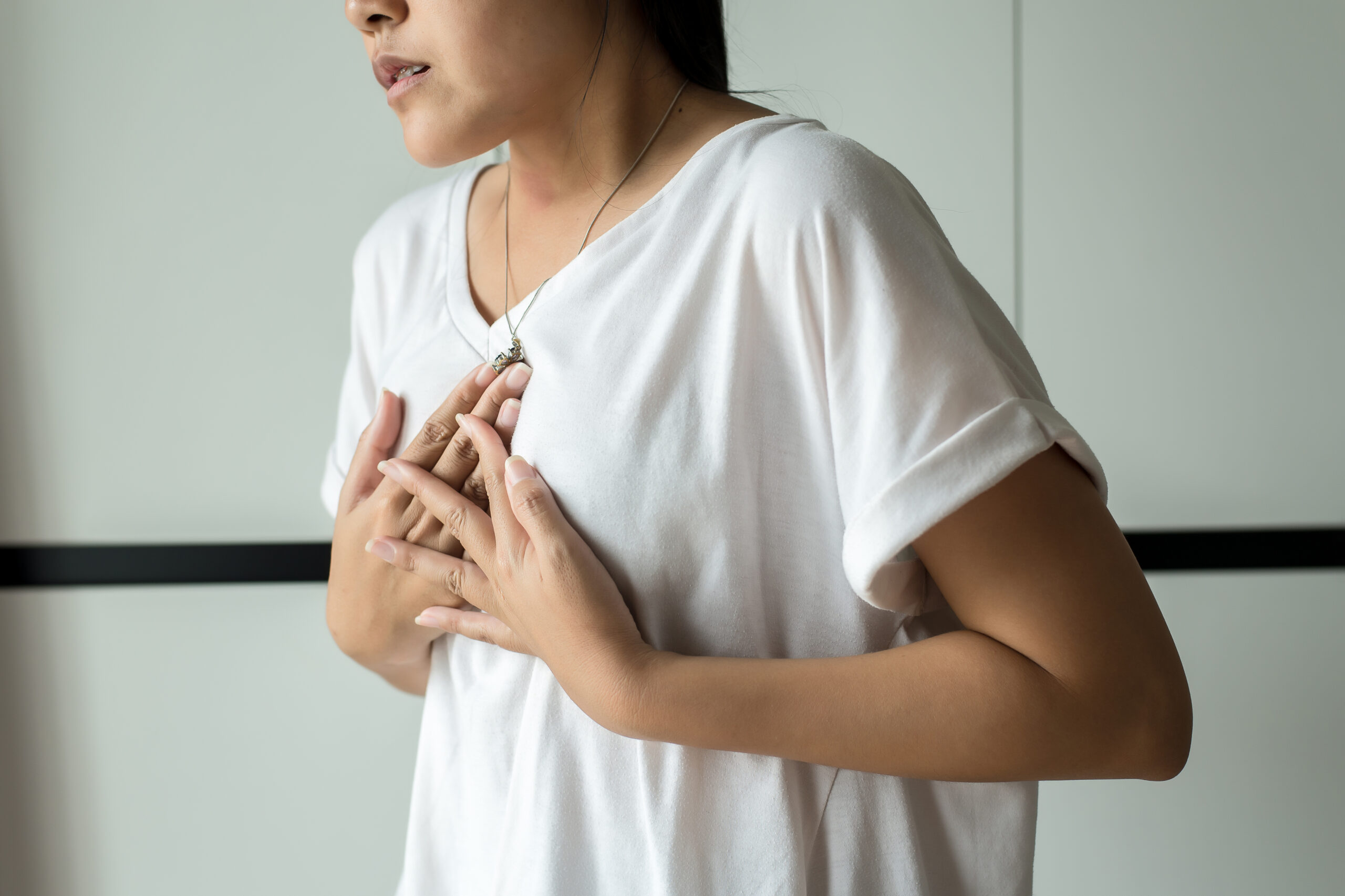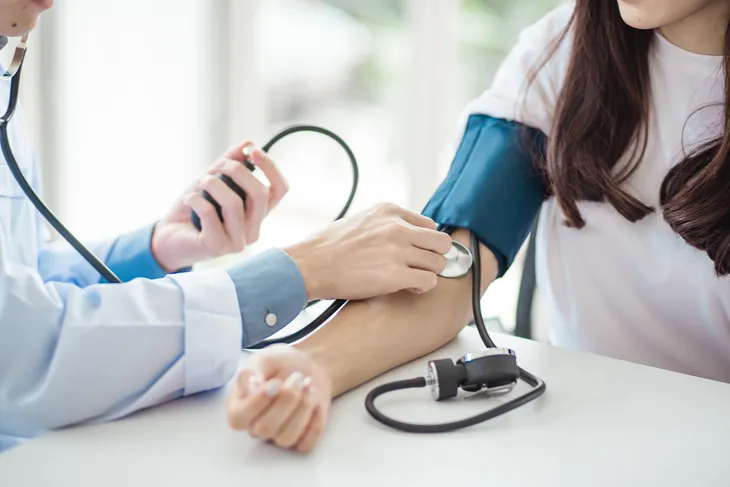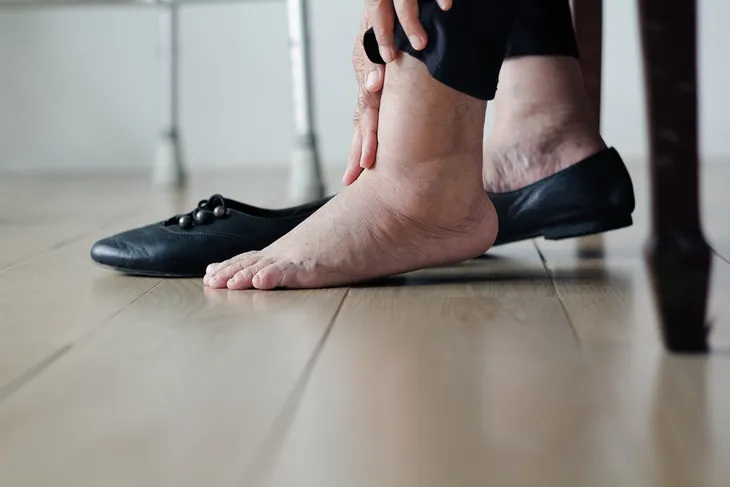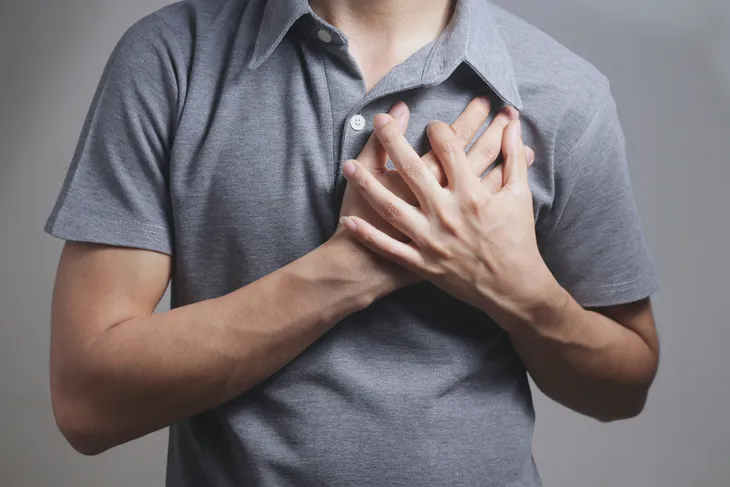Pulmonary arterial hypertension (or PAH) strikes approximately 1 in 100,000 individuals of all genders, ages, and ethnic backgrounds.
Even though the condition shows precedence in young adults in their mid-30s, affecting twice as many women than men, this rare lung disorder can occur at any stage of life.
Pulmonary arterial hypertension causes the arteries that carry blood from the heart to the lungs to narrow, resulting in decreased oxygen flow to the blood vessels. When the body is deprived of vital oxygen, the blood pressure in the pulmonary arteries spikes above the normal range compressing the heart’s right ventricle. The pressure on this area will eventually cause the right side of the heart to swell, gradually weaken, and restrict blood flow to the lungs. If left untreated, pulmonary hypertension can end in heart failure.
Obviously, early diagnosis is key to taking pressure off the heart and allowing oxygen to flow freely to the lungs. Here are the ten warning signs of PAH…
1. Abnormal Heart Rate
One of the initial signs of pulmonary arterial hypertension is an abnormal or loud heartbeat, which might resemble a quick gallop or a systolic murmur. This signals gradual ventricular failure. If the condition is left undiagnosed and worsens, a physician may hear louder and irregular heartbeats if examining an affected patient with a stethoscope.
2. High Blood Pressure
As mentioned in our introduction, pulmonary arterial hypertension gradually progresses as more blood pressure is placed on the pulmonary arteries and right side of the heart. A blood pressure reading during this heightened period would register at more than 25 mmHg at rest compared to a healthy reading of 15 mmHg at rest.
3. Shortness of Breath
Shortness of breath and rapid or gasping breathing (or hypoxia) results due to decreased oxygen levels in the blood. As PAH advances, shortness of breath will become more severe over time. You may notice that you become severely winded with after normally routine tasks and activities, such as climbing stairs or chasing your children.
4. Fluid Retention
Swelling is a common side affect of gradual heart failure as the body is unable to pump blood. This obstruction will result in retained fluid in the legs, abdomen, ankles, and finger tips.
5. Chest Pain
Many patients with pulmonary arterial hypertension also experience chest pains, or angina. This could be due to a combination of erratic rate and swelling of the right side of the heart (the right ventricle) placing pressure on the inner wall of the chest.
6. Engorged Veins
As the right side of the heart (the right ventricle) swells, it’s common for the jugular vein, located in your neck to become painfully inflamed as well. In fact, if your doctor suspects PAH, he or she will probably examine the elevation of this vein as one primary method of diagnosis.
7. Changes in Skin and Nails
Many individuals who later discover they suffer from pulmonary arterial hypertension admit they noticed a bluish tinge to their lips and nail beds. Numerous skin changes may also be noted. For instance, scleroderma, a chronic autoimmune disease that causes a hardening of the facial tissues, is common to PAH patients with liver issues.
8. Dizziness
Decreased oxygen to the lungs may result in dizziness or fainting spells. This may be uncharacteristic for normally active individuals who regularly exercise, but suddenly become fatigued and lightheaded during normal activities.
9. Fatigue
Fatigue will start slow and suddenly worsen as more and more oxygen is deprived and more pressure is placed on the heart. Once energetic individuals may even notice extreme fatigue during periods of rest.
10. Cough
A chronic cough is customary symptom of pulmonary arterial hypertension as the lungs are deprived of oxygen. Deprived blood oxygen levels, a condition called hypoxemia, will gradually affect the entire body.













